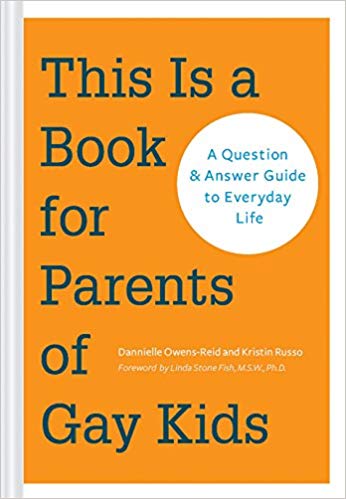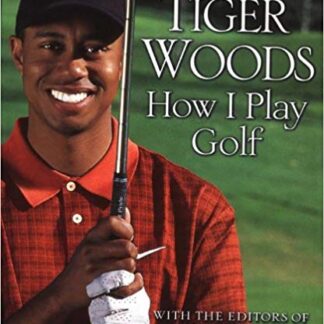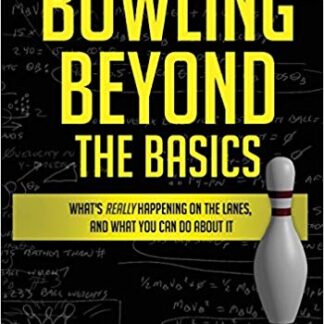Description
Written in an accessible Q&A format, here, finally, is the go-to resource for parents hoping to understand and communicate with their gay child. Through their LGBTQ-oriented site, the authors are uniquely experienced to answer parents’ many questions and share insight and guidance on both emotional and practical topics. Filled with real-life experiences from gay kids and parents, this is the book gay kids want their parents to read.
I don’t know. This book has good reviews but it may be so much part of the community it may miss some issues. And to be honest, I don’t trust reviews. But if you are in a situation, you might want to check it out. Can’t hurt. Hopefully.
I would add if your child has not come out, don’t automatically assume their sexual orientation. Don’t you try to make it an issue. And don’t try to raise them to be this or that. Just because of stereotypes, don’t jump to conclusions about your child. And the same is true with teachers in a classroom. Don’t label the sexual orientation of a child even in your mind. Don’t go there. Don’t do it.
Also, and I may get a lot of hate from this, but at some ages a child may be more sexually conflicted than at other ages. In other words, the child themselves may think they have certain attractions but it is more infatuations. Then again, it may be exactly what it seems to be. The bottom line of what I am trying to say is to not force the issue. If the child is gay, fine. If the child is straight, fine. If the child wants to stay in the closet, fine. If the child is bisexual or conflicted or confused, just be there, listen and don’t judge. Don’t try to force the child to be something that they may or may not be. Don’t make a bigger issue out of the situation than it really is.
Remember jocks can be gay. Men who are not overly masculine can be straight. Women who are tomboys may be totally straight. Don’t jump to conclusions or try to define your child or yourself based on stereotypes. Don’t be so quick to place labels.



